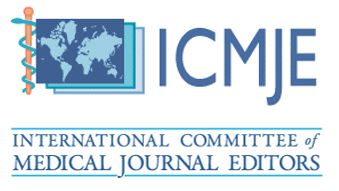The Significance of Clinical Examination in Diagnosing Oral Squamous Cell Carcinoma
Mariana Mayumie Carvalho Kadooka1*, Luiz Carlos Magno Filho2, Irineu Gregnanin Pedron3 and Artur Cerri4
1 Post-Graduation Student, Department of Stomatology, School of Dentistry, UNICAMP, Brazil.
2 Private Practice, São Paulo, Brazil.
3 Independent Researcher and Private Practice, São Paulo, Brazil.
4 Head and Professor, Department of Stomatology, ABO, São Paulo, Brazil.
*Corresponding Author: Mariana Mayumie Carvalho Kadooka, Post-Graduation Student, Department of Stomatology, School of Dentistry, UNICAMP, Brazil.
DOI: https://doi.org/10.58624/SVOADE.2024.05.0189
Received: August 12, 2024 Published: August 26, 2024
Abstract
Oral squamous cell carcinoma (OSCC) is a malignant tumor that arises from the squamous epithelium in the oral cavity. Timely identification of this condition is essential for effective treatment and improved patient outcomes. In this regard, clinical examination plays a pivotal role in the accurate detection and diagnosis of oral lesions, particularly OSCC located on the lateral border of the tongue. This case report aims to underscore the significance of a thorough clinical examination as an effective method for screening and diagnosing OSCC on the lateral border of the tongue. A precise and systematic clinical examination is crucial for the early detection of OSCC on the lateral border of the tongue, achieved through diligent visual assessment and careful palpation of suspicious areas. Emphasizing this approach by dental professionals enhances early diagnosis rates, leading to improved clinical outcomes and prognosis for patients affected by this severe condition.
Keywords: Oral Squamous Cell Carcinoma; Mouth Neoplasms; Tongue.
Citation: Kadooka MMC, Filho LCM, Pedron IG, Cerri A. The Significance of Clinical Examination in Diagnosing Oral Squamous Cell Carcinoma. SVOA Dentistry 2024, 5:5, 183-186. doi:10.58624/SVOADE.2024.05.0189











